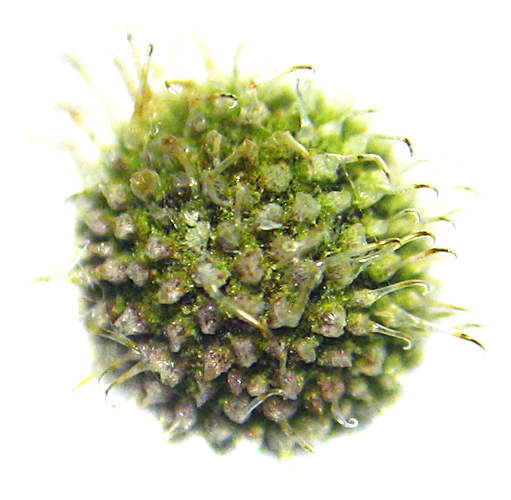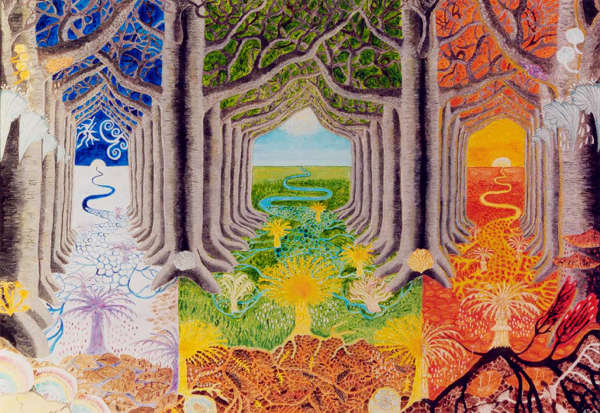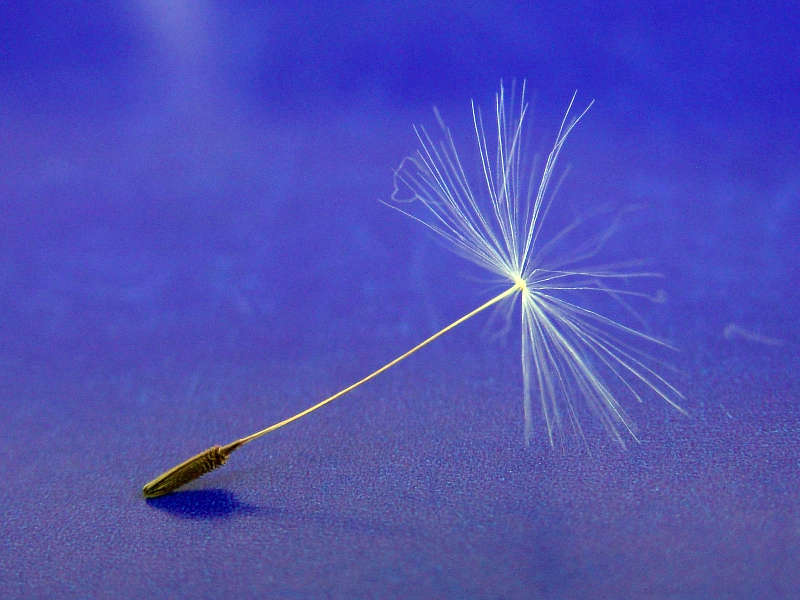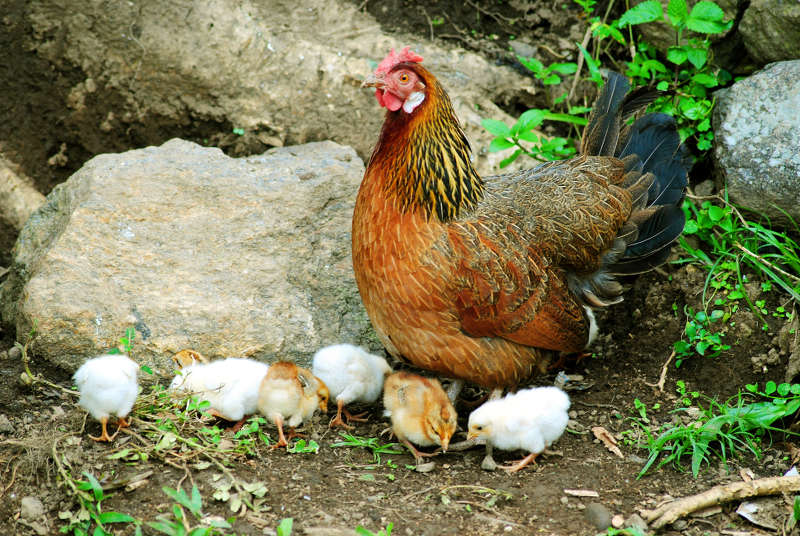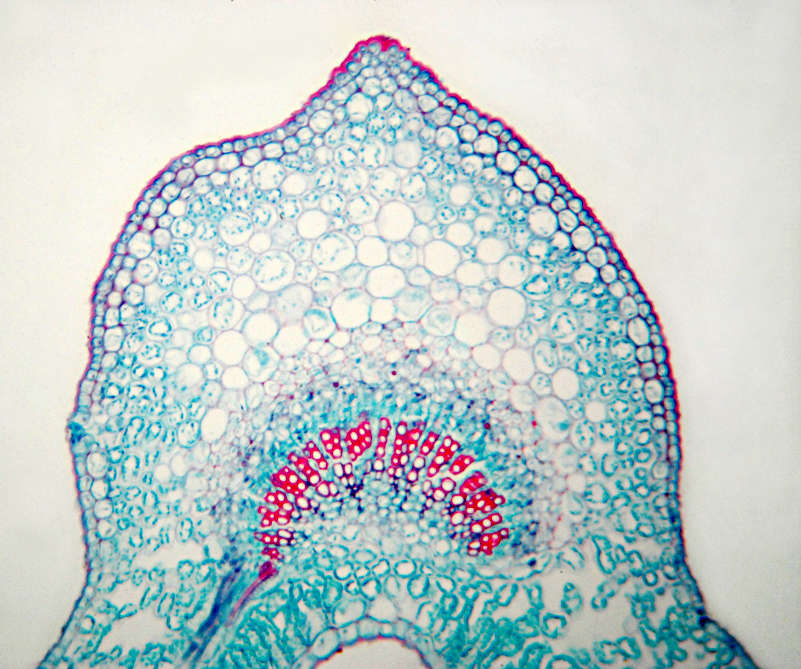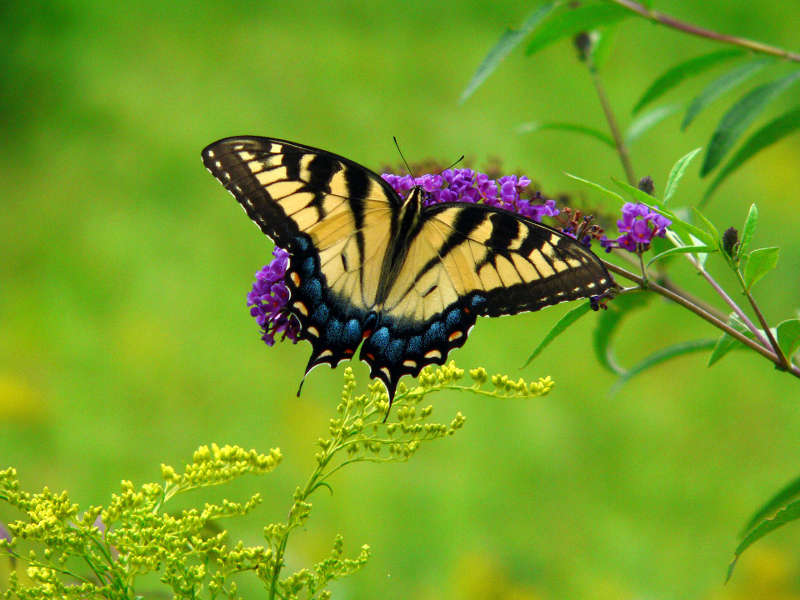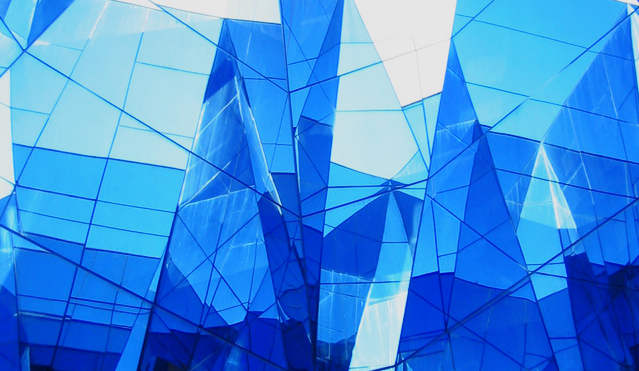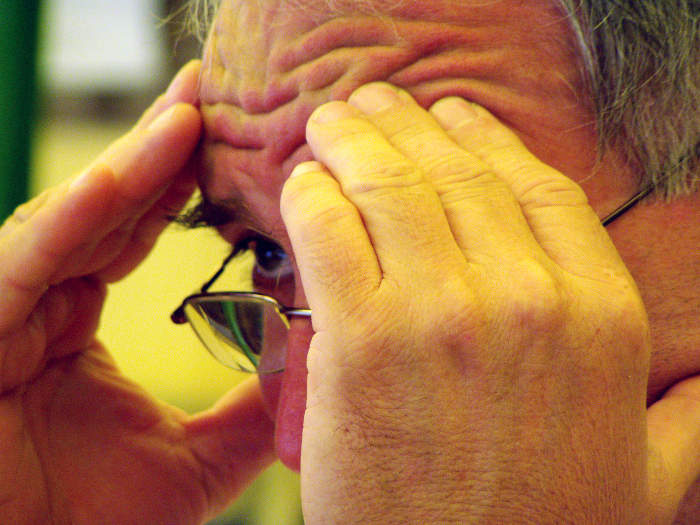By Doug Marman and Alan Rayner
(This article has also been published on BestThinking.com: https://www.bestthinking.com/article/display/2677)
In March 2016, a group of biologists led by Craig Venter announced the creation of ‘independently’ living cells with the smallest genome. Their announcement was hailed as a milestone. The big lesson learned by the biologists is that no one can explain why almost one-third of the genes are needed for survival. However, hidden in the subtext of this study, we believe, is an even more important lesson: The most essential ingredient of life may not actually be genes or a substance of any kind, but rather a relationship.

Image of the new freely-living cells with the smallest genome. Image by: Tom Deerinck and Mark Ellisman of the National Center for Imaging and Microscopy Research at the University of California at San Diego.
Let’s take a look at the experiment. The first thing you should know is that the new cells created by these biologists were NOT made from scratch. No one knows how to do that. Here’s what happened:
They started with bacteria that had the smallest genomes they could find. They began deactivating genes, one at a time, to see which ones were needed for survival. If the bacteria lived and kept reproducing, those genes weren’t necessary and were removed.
Progress was slow, but after many years the genome was reduced to half its original size. Every remaining gene has been tested. None can be eliminated. The biologists can explain what two-thirds of these genes do, but the other third remains a mystery. Their goal is now to identify the role of these mystery genes. They hope this will give them a blueprint of what is needed for living cells to survive as independent entities.

31% of the genes have an unknown function. Illustration by Thomas Shafee via Wikipedia.
But there’s more to the story. It turns out that many of the ‘unnecessary’ genes could only be deleted after supplying the petri dish with key nutrients and eliminating potential dangers. As a result, the new cells can no longer survive in the wild because they’ve lost the ability to hunt for food and avoid threats.
Is it fair to say that these are independently living cells? Don’t they need the biologists to feed them and remove their wastes? This is where the story gets interesting.
You see, the genomes of these cells may be tiny compared to other single-celled organisms, but they are still 200 times larger than the genomes of simple viruses. So they aren’t even close to the littlest genomes.

Outside of a cell, a virus shows no signs of life. Photo by Andrzej Pobiedzinski.
Viruses, however, are not considered independent life forms because they can’t survive outside a host cell. They need a host in which to live, and they need the genome of the host to reproduce. Viruses are nothing like the life forms that live outside of host organisms. That’s why the biologists wanted to study creatures that live on their own. But do they? Is true independent living even possible?
All organisms depend on their environment for energy, carbon, and mineral nutrients to grow and reproduce. No plant, animal, or microbe can survive without this supply. Cutting them off leaves them as inactive as a car without fuel. All biologists know this. But if we consider the implications of this deeply, it frames the question of life in a new way and it opens the door to a new explanation for how biological life may have emerged.

Trees create habitats that team with life. Painting by Alan Rayner, from Mycological Research, 102, 1441-1449.
For example, it shows that treating organisms as if they are self-contained entities, isolated from their neighborhood, is a profound mistake because life doesn’t belong to individuals alone. Life is a relationship between creatures and their environment.
We can’t separate life forms from the habitat they live in any more than we can remove our hearts from our bodies and expect them to keep beating without some external source of support. Organs stop functioning when they’re removed, just as we stop breathing if we’re taken out of the atmosphere created by other living organisms.
If this is right, then finding which genes are necessary for survival will not in itself explain how life works, because genes aren’t the cause.
Look at what happens when DNA or RNA are removed from cells. The cells can live on for a while, but DNA and RNA stop participating in life. They become inactive chemical compounds.
“Removed from the context of the cell, RNA does nothing functional in a biological sense.”[1]
But inside cells, DNA and RNA spring into life. Does this mean they are alive?
This doesn’t sound right if we think of life as something that belongs to individuals. Clearly DNA and RNA don’t possess life by themselves. But if life is a relationship between a life form and the world it is nourished by, then yes, DNA and RNA are involved in life when inside a cell.
This offers a new solution to the debate over viruses: Are they living organisms or just bits of inactive genetic material that activate when they’re in the right cells? Viruses show no signs of life outside of a host cell. But they truly do spring into life-as-a-relationship inside cells.

Seeds remain dormant until they are in the right habitat. Photo by Adyna
Seeds act the same way. If they land on fallow ground with no water, they remain dormant. They need a habitat that welcomes them, to develop.
Are seeds alive before the rain comes? If life is a dynamic, shared relationship between individuals and the world they live in, then we have good reason to say that while seeds are viable, as capsules of living potential, they do not truly come into life until they germinate.
Inactive existence, biologically, is completely different from thriving. The distinction between inert material and active living is the crucial mystery of life we are trying to understand. Seeing it as a relationship completes the picture.
For example, if genes become alive when they’re involved in the life of a living cell, the same can be said for all the other constituents of cellular life, not least the proteins whose two-way relationship with DNA is so central.
This opens a new door on the origin of life. Every day, biologists see the liveliness of enzymes, as they work for the benefit of the cells they belong to. Even atoms are involved, as seen by the way hydrogen moves through ‘proton pumps,’ guided by electrical charges, in a process that is necessary for the respiration of all organic life on planet Earth. In other words, life reaches all the way down, even to molecules and atoms, as long as they are in the right environment.
This shifts the puzzle of life to a new question: How do molecules act in such a directed way, as if they are following a plan? Physics and chemistry alone can’t explain it.
Some scientists propose that self-organizing, self-catalytic chemistry may be the key to explaining the origin of life, but this doesn’t get at the real problem. It doesn’t tell us how molecular reactions alone could ever create something with the ability to preserve life, find food, and avoid threats.
“Scientists don’t have any idea how chemical chain reactions could learn to change themselves or the world around them in order to survive… Why would a mixture of chemicals suddenly produce this behavior?”[2]
But what if cells move our muscles and keep our hearts pumping because they are devoted to us? We would then be the source of the plan they are following. The reason they dedicate themselves to us is because they depend on us. If we die, they die. Our survival is needed for their survival. And we are just as much in need of our cells and neurons to live. This is the relationship we are in. Living is a shared experience.

Which comes first? Photo by Subhadip Mukherjee.
Looking at life this way seems enigmatic. It brings to mind the paradox of the chicken and the egg. In this case we have to ask: Which comes first, a nourishing environment or the forms that spring into life and embody it? But this isn’t a paradox, because relationships don’t need cause-and-effect. They are mutual. They don’t belong to one person or the other, but both together. Once we see life as a relationship, the puzzle is solved. Eggs and chicken need each other. They can’t live independently.
This also resolves the mind-body question that has been hounding philosophers for centuries: How do we control our bodies? We just answered that. Our cells do all the work. No life force needed. They move our bodies toward food, away from threats, and into the adventure of life around us, because our life is their world. We depend on each other. Life is only possible when mind and body work together.
Can we explain how this works scientifically? Yes, we only need to turn to quantum mechanics. We find the same principles at work in the subatomic world. There we see that the force of attraction that holds quarks together and forms the bodies of protons emerges from relationships between quarks. Invisible exchanges between quarks create a shared attraction, a bond. The quarks then stop moving as independent particles. They start spinning as one.[3]

Cross section of a Jasmine leaf clearly shows the cells working together as one organism. Photo by Krzysztof Szkurlatowski.
Doesn’t this sound like cells acting together as one body? And doesn’t the force of attraction between quarks remind us of the attraction we feel in relationships? Something invisible passes between us and others, pulling us together. Our lives then move in synchrony with each other.
This is the nature of relationships. They’re delicate, like the meaning of a poem hidden between its lines. You can’t pull them apart to see what makes them tick. Dissecting organisms will never explain this mystery. It will never reveal the secret because the relationship is essential.
All of this leads us to a strange conclusion: The relationship of life reaches all the way down to fundamental particles, as long as they are involved in the right environment. Does this mean that quarks are also dedicated to us because their lives depend on us? That makes no sense. Quarks may form the bodies of protons, but those protons will continue to survive after we die. Is it only our cells that are bound to us in this way?
No. The key to understanding this is that we are not talking about inert existence, we are talking about participating in the experience of life. This is the only reason that cells are involved in a relationship with us. They don’t just need to exist; they need to live. This is what reaches all the way down.
Looking at life this way seems to be circular, as if it can’t be the full story, until we find the right lens to see it clearly. The authors can attest to this. Both of us took different paths to arrive at this same understanding, but now that we see that relationships are fundamental and can’t be broken down, we see the validity of it everywhere.
We need to stop treating organisms and cells as if they’re machines made up of components driven by external forces. If that is the lens we use, we will never see life as it is or experience what it means to belong to a living world. We will see only the inertness of things. Molecules then become mere objects moved around by chemistry.
Mechanisms can’t help us understand the vitality of life. Quantum mechanics has come to a similar conclusion: Cause-and-effect can’t explain the behavior of subatomic particles. We believe this is the issue that has been clouding our understanding of life.
In fact, the parallels between quantum behavior and biological life seem too strong to be coincidental.

Bee and flowers. Photo by Bruno Schievano.
For example, one of the most fundamental principles of quantum mechanics is that it is impossible to calculate what an individual particle will do next. We can make good statistical guesses, but there is no way to know the actual outcome because it isn’t determined by external influences alone. Mechanical reactions are not the cause.
Don’t we see this same amazing behavior with organisms? Bees and flowers may lead symbiotic lives, but which flower will the bee choose next? No equation can tell us.
The quantum world is stranger than fiction. You might think that every electron is attracted to every proton because they have opposite charges, but this isn’t true. The attraction is completely unpredictable when you look at individual particles. This proves that attraction and repulsion between charged particles are not caused by the electromagnetic force. In fact, the exact opposite is true. Relationships are the true source of all electrical and magnetic phenomena.[4]
Doesn’t this have a striking resemblance to the attraction and repulsion that creatures experience with each other when they bond? We call it ‘chemistry,’ but we aren’t drawn to others because of an external force. It isn’t a mechanical reaction. Attraction emerges. When it’s a shared experience, we accept it as real. This is the nature of relationships.
‘Entanglement’ is another mystery of the quantum world. This is the term used to describe the strange alignment that can form between particles without any physical connection. For example, two entangled electrons will spin in opposite directions, no matter how far apart they might be. How do they know which way the other is spinning? How do they stay aligned? Physicists have no answer. They only know that this is a relationship that reaches across space, as if the electrons share one combined state—a state that is more than the sum of its parts.
This also happens to be one of the most startling qualities of living things: They are more than the sum of their cells and DNA. Organs work together as a single body, as a shared state. In other words, our cells stay aligned because they’re entangled with each other and with us.

Swallowtail butterfly in its natural habitat. Photo by Dale Eurenius.
This brings us to one of the characteristic marks of life: its nested relationships. Genes inhabit cells; cells participate in the life of multicellular organisms; organisms live in communities; communities thrive in ecosystems; and ecosystems work together like organs in the biosphere. At the quantum level, we find quarks combining to form the bodies of protons and neutrons, and those protons and neutrons bond to make atoms.
In fact, one of the oddest anomalies in physics takes this to the lowest level. According to quantum theory, fundamental particles such as quarks and electrons should be dimensionless points. But every test shows that they inhabit a volume in space. The only way to get their equations to give the right answers is to treat the bodies of quarks and electrons as if they are formed by a ‘cloud’ of invisible ‘virtual’ particles.[5]
Thus, in each sphere of life we find individuals ‘entangled’ with a world larger than themselves. And each individual is composed of smaller forms that make up their bodies. This is why we see the nesting of forms all the way down to the level of particles. It comes from the relationship we’ve been talking about, between living things and their environment.
The closer you study these forms, the more permeable their boundaries look, because they’re never isolated from each other or their surroundings. They are inescapably living within the influence of each other.
This is the companionship that we see and experience when we open up to nature. Once this relationship sinks in, it transforms the way we think about the evolution of natural diversity and the place of human beings in this story. It reveals the importance of living co-creatively, sustainably, and compassionately, because we are involved in life together.
“Essentially I think this understanding becomes possible as soon as we STOP thinking of ourselves and others as autonomous, free-willed objects subjected to external administration and judgement, and START thinking of ourselves and others as dynamic inhabitants and expressions of our natural neighbourhood, living within each other’s mutual influence…
“Underlying this move is a simple but fundamental shift in the way we perceive all natural, tangible phenomena, including ourselves…”[6]
Living things all have bodies that are dynamic and permeable for a reason: They’re continually sharing and exchanging with the environment. It’s an amazing relationship, a wonderful dance of give and take that shapes organisms and the world around them. This is what makes life so remarkable.
Looking at it this way, the question—what is life—suddenly takes on a radical new meaning.
[1] Pamela Lyon, “To Be or Not To Be: Where Is Self-Preservation in Evolutionary Theory?” in The Major Transitions in Evolution Revisited, p. 112.
[2] Doug Marman, Lenses of Perception: A Surprising New Look at the Origin of Life, the Laws of Nature, and Our Universe (Washington: Lenses of Perception Press, 2016), p. 392.
[3] Doug Marman, Lenses of Perception: A Surprising New Look at the Origin of Life, the Laws of Nature, and Our Universe (Washington: Lenses of Perception Press, 2016), p. 248-258.
[4] Ibid, p. 239-247.
[5] Ibid, p. 462-465.
[6] https://www.bestthinking.com/articles/science/biology_and_nature/natural-companionship



